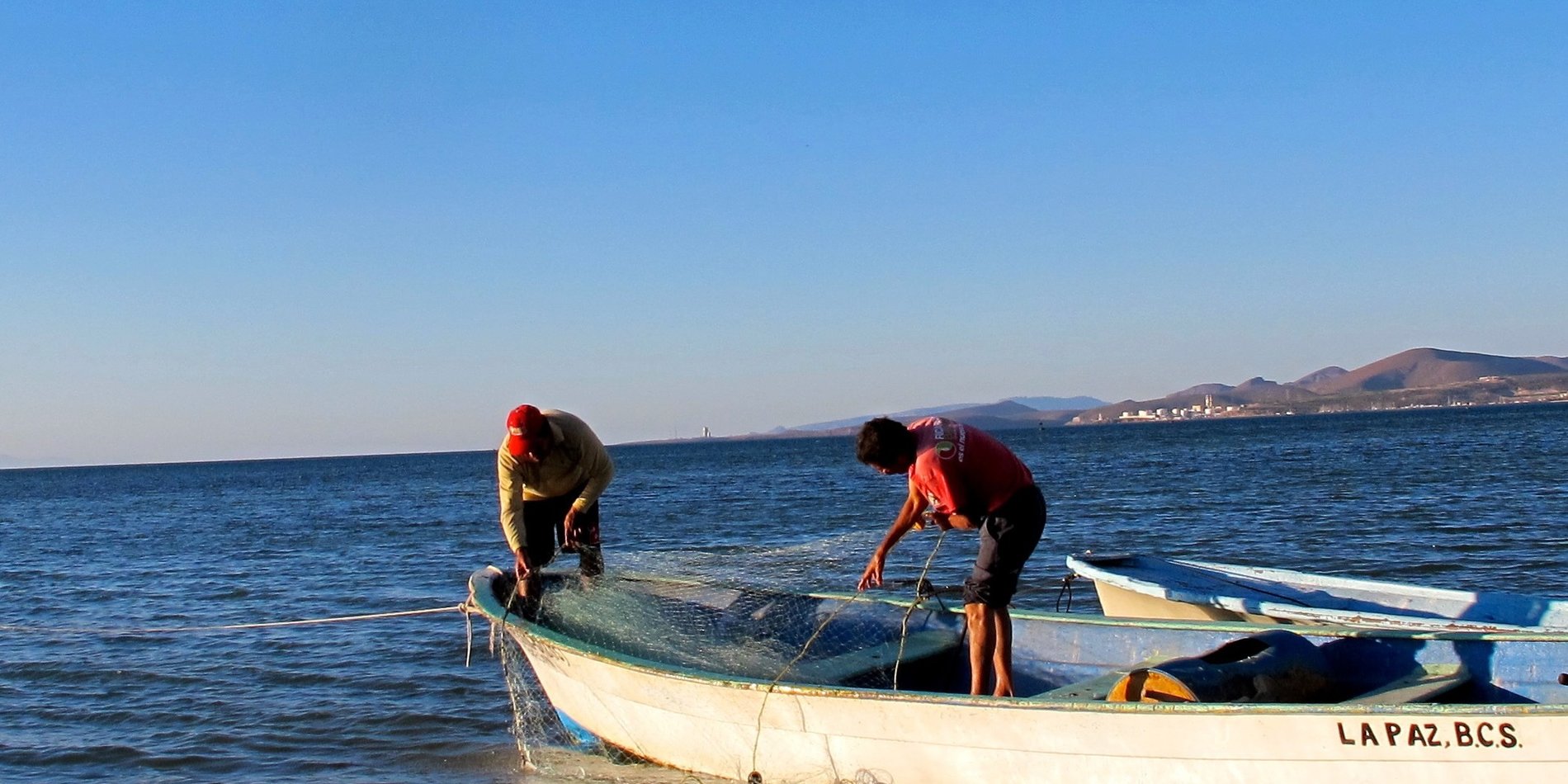New tool merges climate science, law and policy to protect California Coastline
A Stanford study released on March 13 in Marine Policy provides a new framework for coastal climate adaptation planning, with the potential to save local California governments money and protect the homes and livelihoods of coastal residents. The research incorporates a statewide assessment of the California coast’s zoning, habitat, land use, and legal requirements into an interactive tool managers can use to identify which strategies best address threats along the coastline.
Rising sea levels and more frequent extreme weather events like destructive storms intensified by climate change are impacting coastal California communities. Damage often results in landslides, flooding, and erosion which threaten local homes, businesses, and natural habitats. To better understand these dangers, researchers have conducted vulnerability assessments identifying coastal areas most at risk. While these assessments identify the potential impacts of coastal hazards, they often fail to provide potential strategies, leaving a gap between the scientific climate research and policy implementation.
Stanford researchers sought to bridge this gap by combining climate and natural resource studies, along with legal and policy considerations to help guide ongoing climate adaptation planning efforts.
“Our work attempts to marry existing scientific spatial data along California’s coastal zone with proposed solutions to adapt to likely coastal changes under increased coastal hazards and a changing climate,” said Jesse Reiblich, lead author and early career law and policy fellow with the Stanford Center for Ocean Solutions. “Long-term coastal planning can save local governments money and has the value of saving the average California resident natural resources they enjoy such as beaches.”
Through collaborations with the Natural Capital Project and Stanford Law School, the team took a multi-scaled approach engaging government staff at the city, county, and state levels to identify common planning concerns including information gaps, implementation barriers, and legal questions. Working with these stakeholders, the researchers produced a synthesis of coastal adaptation tactics categorized into three main categories: engineered, financial, and legal/regulatory. These tactics include interventions such as sand dune restoration, redevelopment restrictions, and elevating structures.
To understand which of the adaptation strategies were most suitable, location limitations (such as zoning restrictions or existing habitat locations) along with other sensitivities (such as cultural values or cost concerns) were also compiled. This allowed the research team to identify and prioritize coastal adaptation strategies based on local features.
Using the full compilation of coastal adaptation policy briefs as a guide the researchers developed and deployed an interactive mapping tool that filters for the best location based coastal adaptation strategies that limit coastal hazard threats.
"These findings allow us to answer the ‘where’, or place-based questions, related to coastal hazards in California,” explained Lisa Wedding, co-author and research associate at COS. “For instance, we can use this information to understand where dune and wetland habitat in the Monterey Bay should be protected or restored.”
The researchers stress that identifying a better understanding of the role nearshore habitats play in the protection of coastal communities is also key in future planning. The diverse habitats along the California coastline – such as kelp forests, salt marshes and sand dunes – play a large role in reducing storm impacts and should be taken into consideration as decisionmakers determine the best strategies to protect people and property.
Reiblich and team hope this work will help inform climate adaptation planning at the local scale, initially within California, with the opportunity to scale results and lessons learned to the state, national, and international levels. However, they recognize and anticipate that planning will primarily remain a local issue.
“As climate impacts intensify, the need for scalable, transferable and implementable solutions will also increase,” says Eric Hartge, co-author and research development manager at the Stanford Center for Ocean Solutions. “We are already seeing the threats to coastal areas exacerbating concerns for communities, livelihoods, and natural systems. This approach is intended to make the local connections in understanding the best resilient actions in a range of coastal settings.”
Other coauthors include Gregg Verutes, geographer at the Natural Capital Project and Sierra Killian, intern and the Stanford Center for Ocean Solutions. This project was made possible through initial funding from the David and Lucile Packard Foundation and the Stanford Woods Institute for the Environment through the Realizing Environmental Innovation Program.
Read the paper in Marine Policy >



